It was September 12, 2012, and Apple introduced the iPhone 5 and with it Lightning, i.e. a digital bus replacing the outdated and above all large 30-pin dock connector. 10 years later, we decide whether to say goodbye to it for good in favor of USB-C.
Apple used its 30-pin connector in the entire range of iPods, including iPhones from its first generation to the iPhone 4S, as well as the first iPads. At the time of the miniaturization of everything, it was inadequate for its dimensions, and therefore Apple replaced it with 9-pin Lightning, which has been and still is used by all iPhones and iPads, before the company switched to USB-C for tablets. It contains 8 contacts and a conductive cover connected to a shielded one, and can transmit not only a digital signal, but also an electrical voltage. Therefore, it can also be used both for connecting accessories and for power supply.
It could be interest you
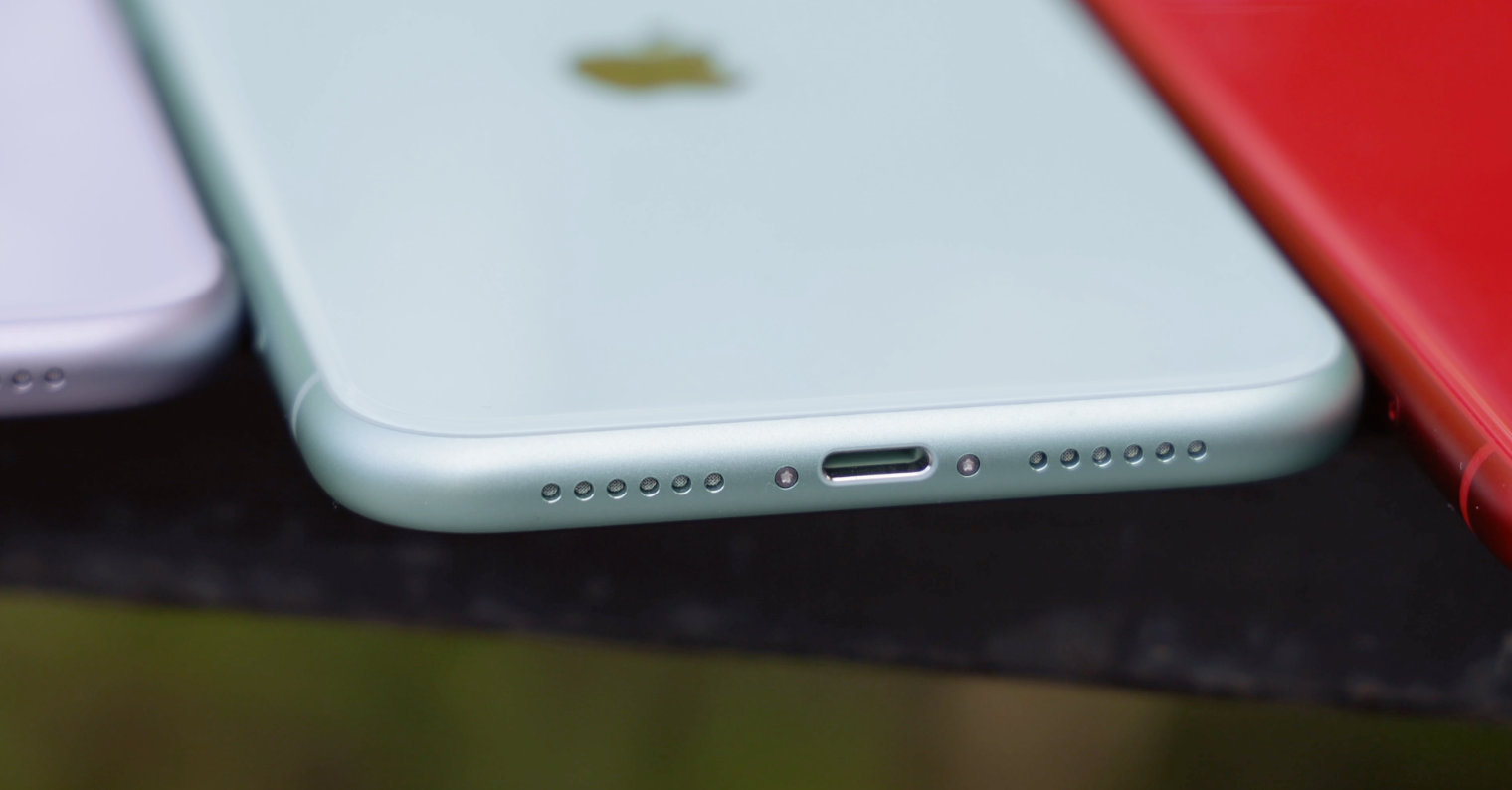
A two-sided revolution
Its definite advantage for the user was that he could plug it in on both sides and not have to deal with which side must be up and which must be down. This was a clear difference from the miniUSB and microUSB used by the Android competition. USB-C came a year later, at the end of 2013. This standard contains 24 pins, 12 on each side. MicroUSB only has 5 of them.
Lightning is based on the USB 2.0 standard and is capable of 480 Mbps. The basic data throughput of USB-C was 10 Gb/s at the time of its introduction. But time has moved on and, for example, with the iPad Pro, Apple says that it already has a throughput of 40 GB/s for connecting monitors, disks and other devices (you can find a closer comparison <a href="https://cdn.shopify.com/s/files/1/1932/8043/files/200721_ODSTOUPENI_BEZ_UDANI_DUVODU__EN.pdf?v=1595428404" data-gt-href-en="https://en.notsofunnyany.com/">here</a>). After all, Apple itself was responsible for the expansion of USB-C, by starting to use it as standard in its MacBooks, starting in 2015.
It could be interest you
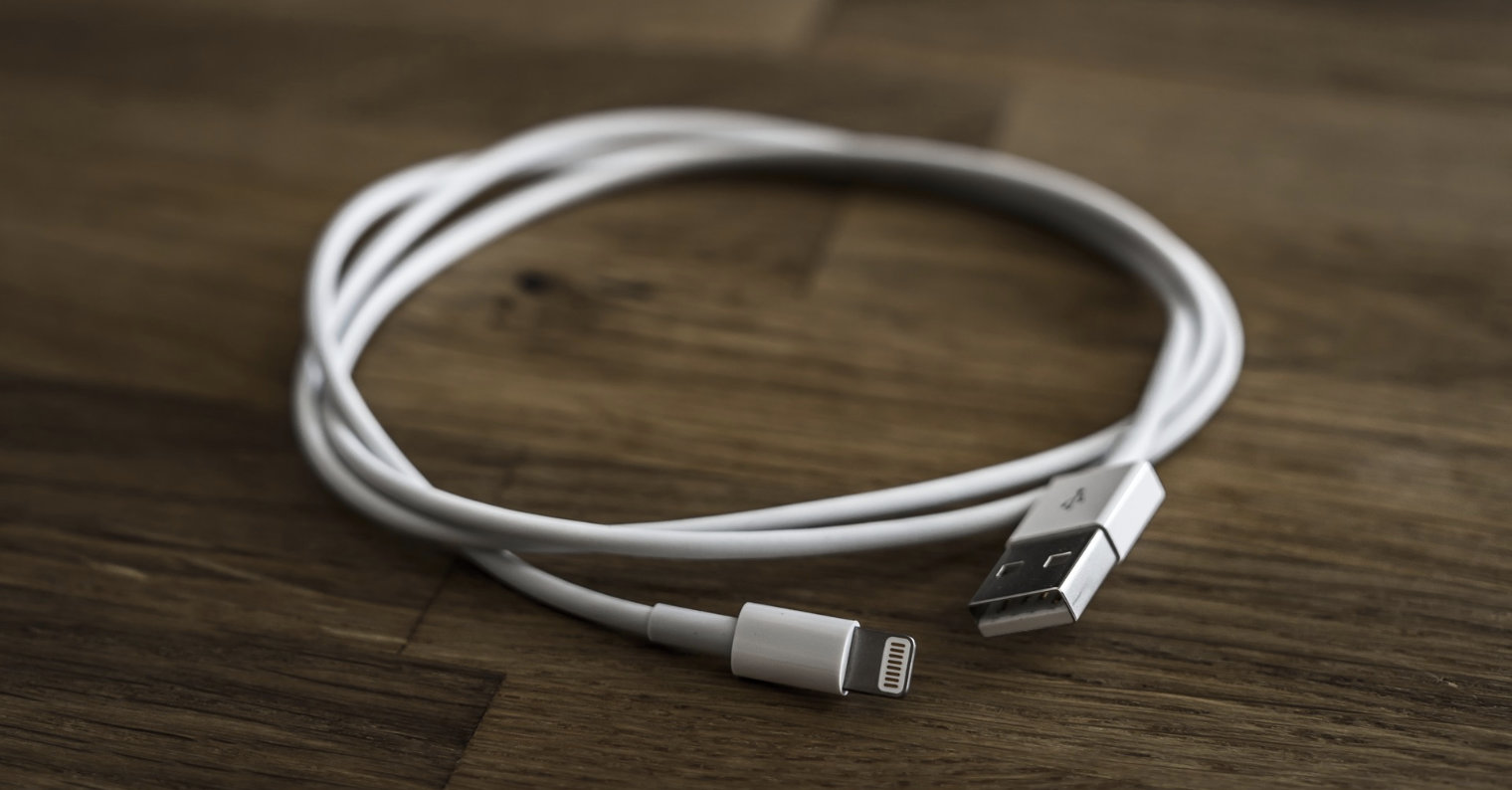
The whole thing then looks like an unnecessarily inflated bubble and MFi is primarily to blame. The Made-For-iPhone/iPad/iPod program was created in 2014 and was clearly based on the use of Lighning, when third-party companies could also use it to create accessories for iPhones. And Apple gets a lot of money from it, so it doesn't want to give up this program. But now we also have MagSafe here, so it's safe to say that it could replace it, and Apple wouldn't have to suffer much from the loss of Lightning.
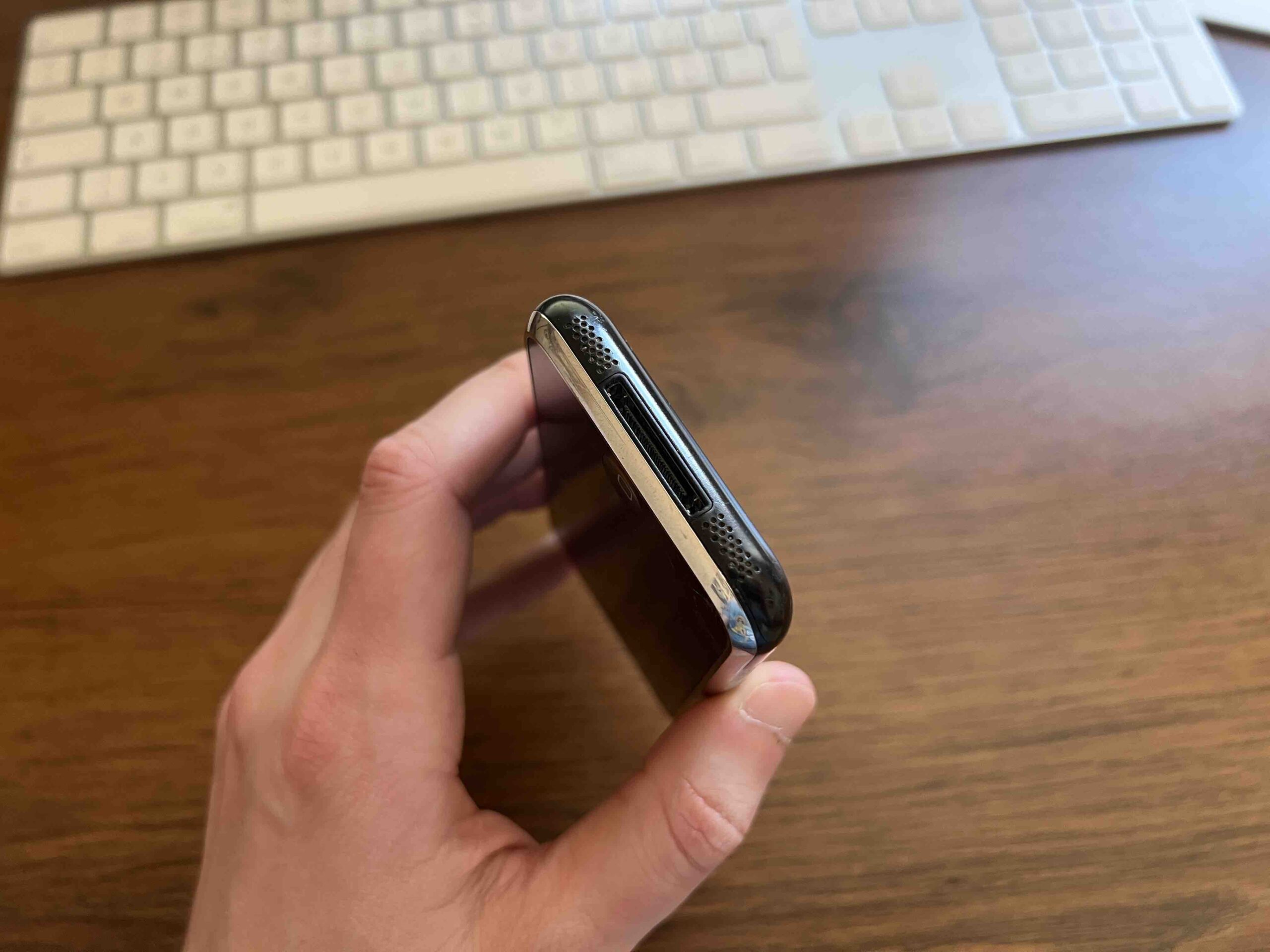
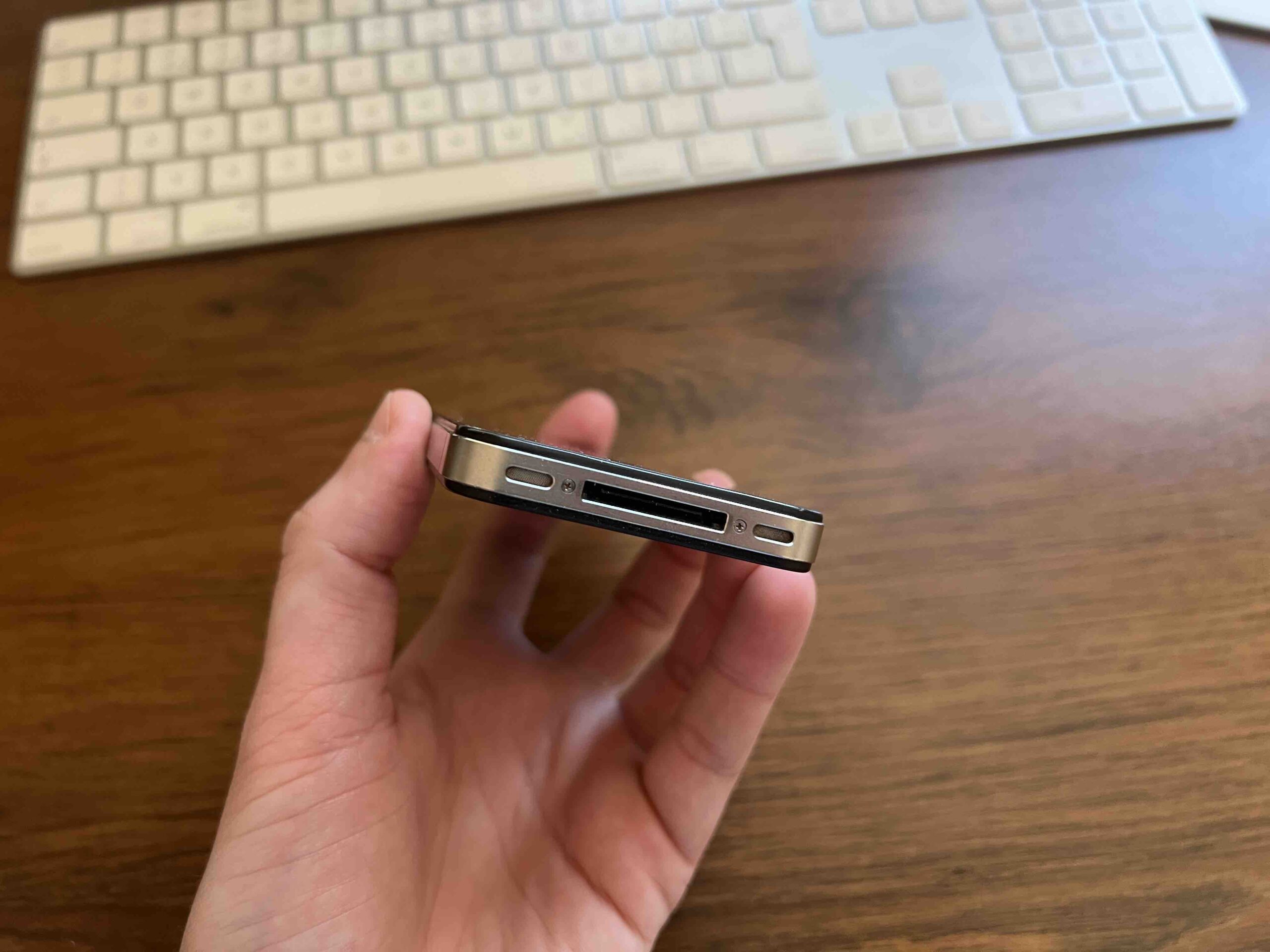
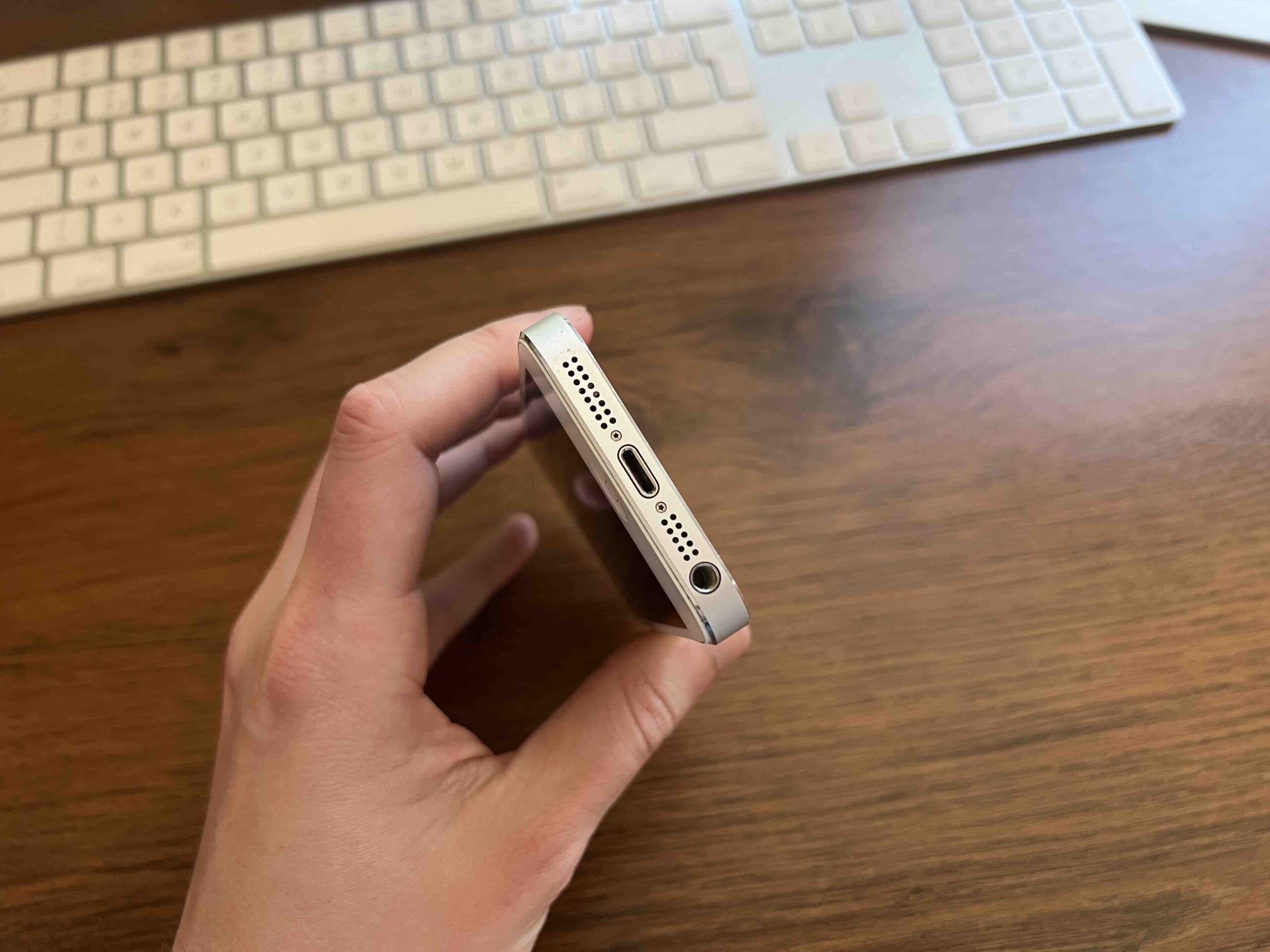

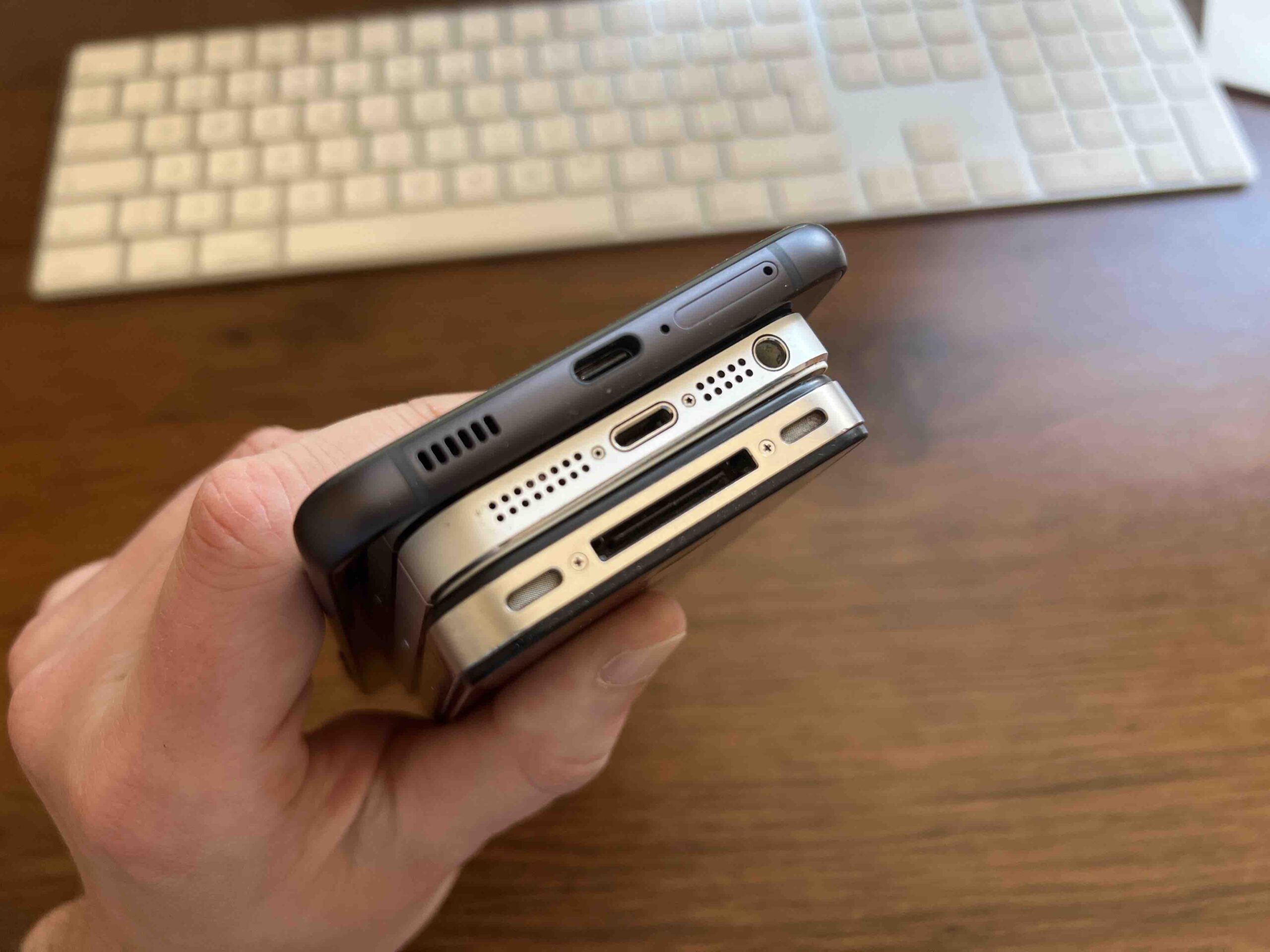
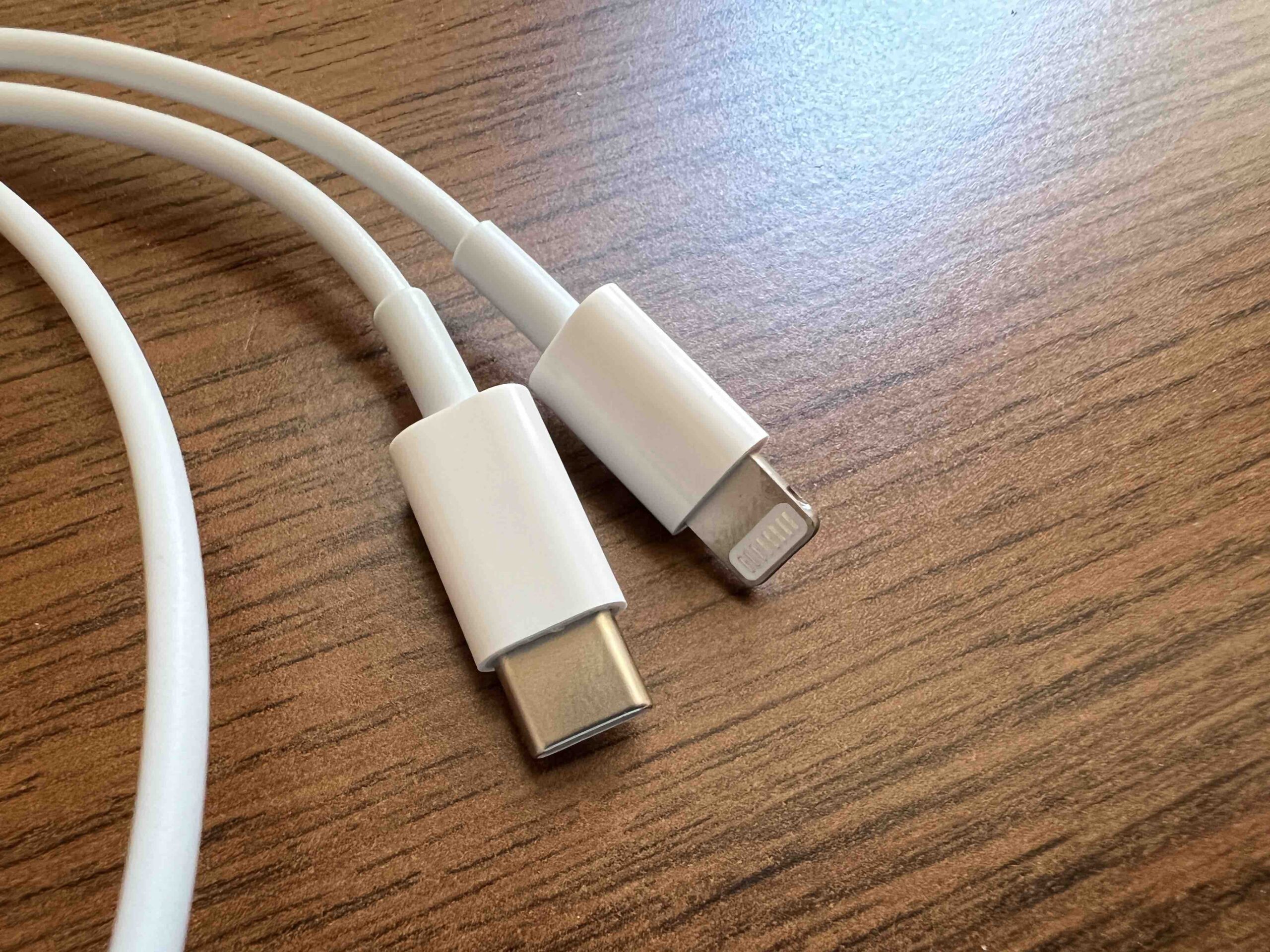
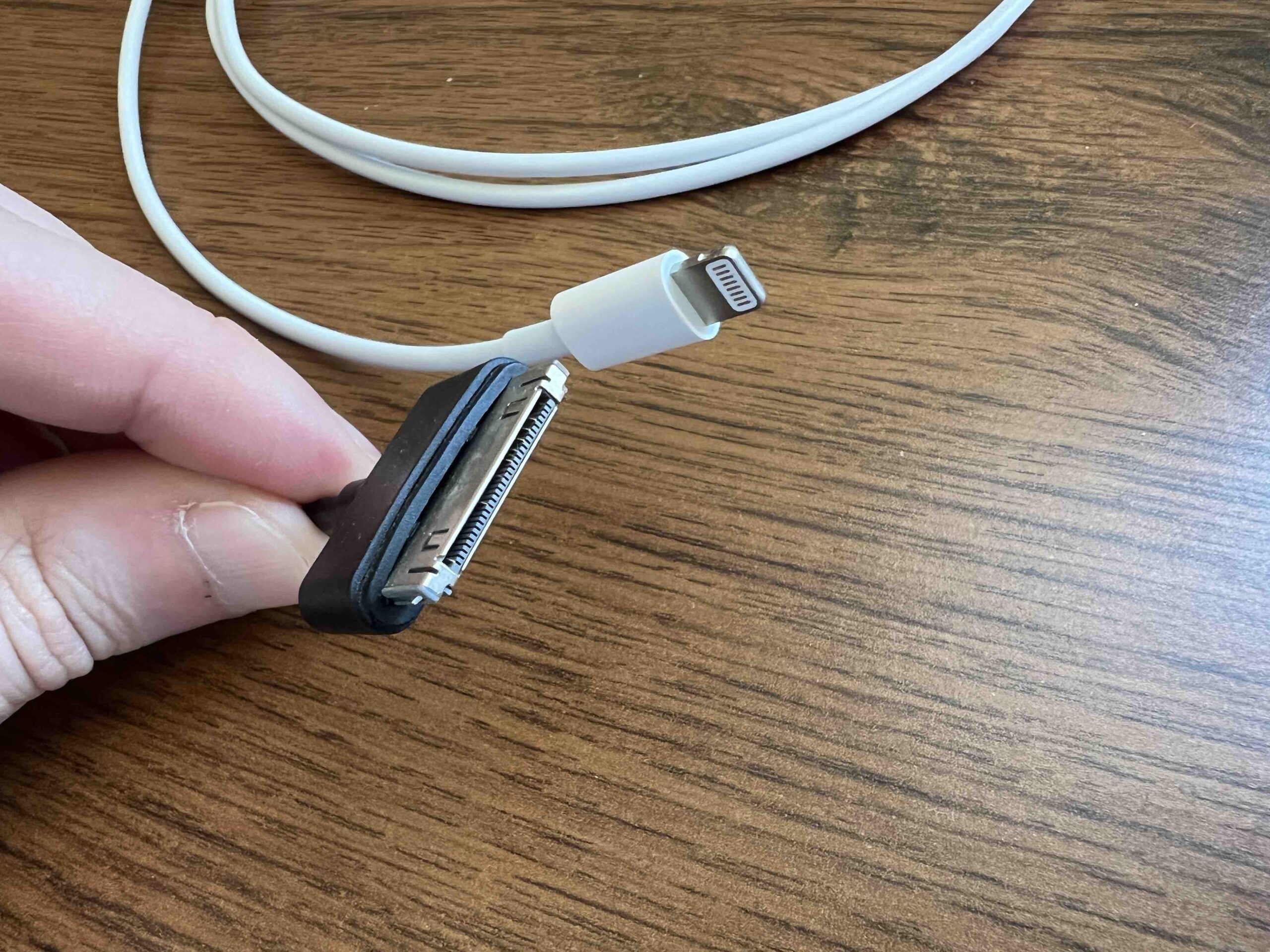
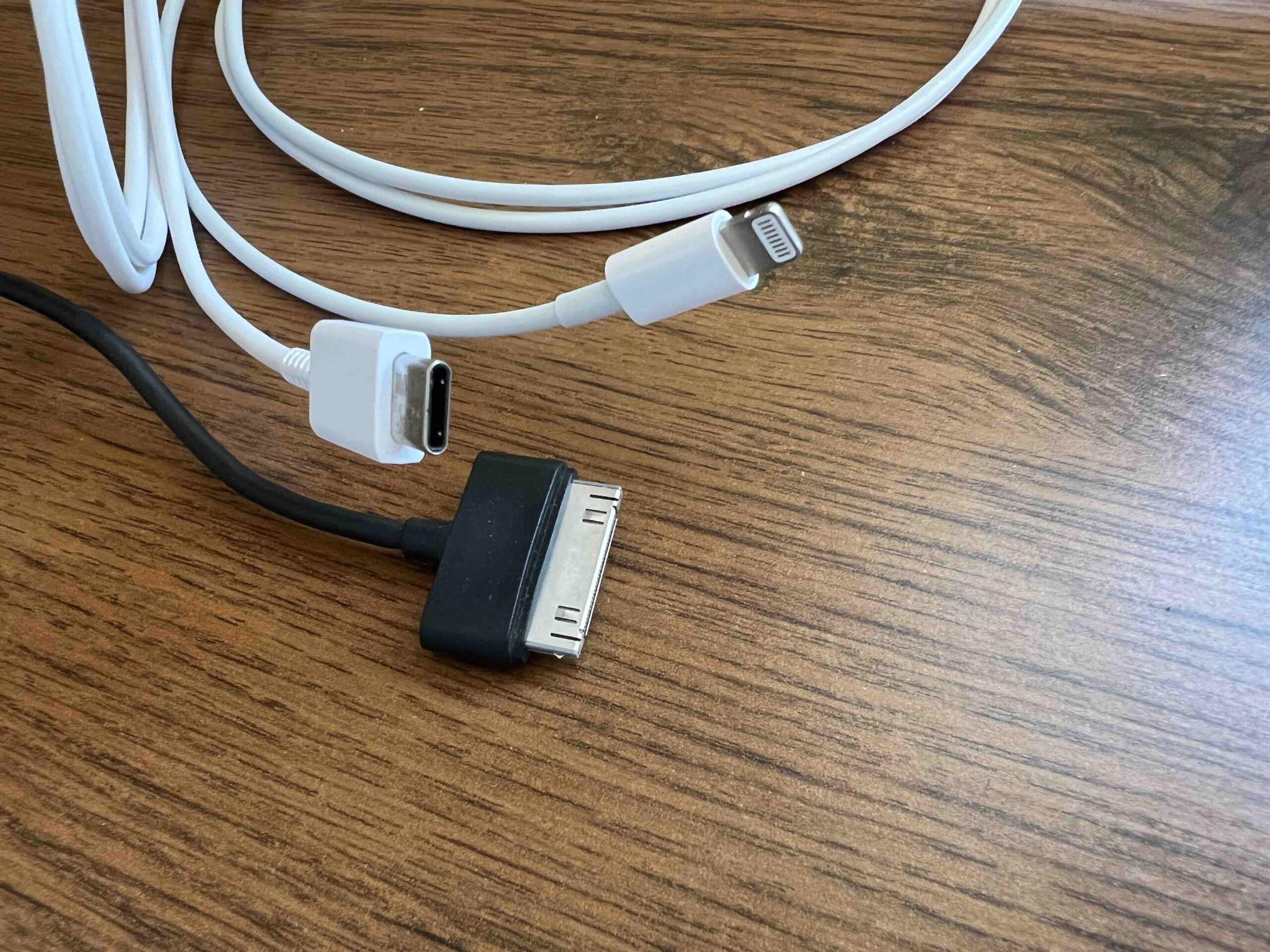
 Adam Kos
Adam Kos